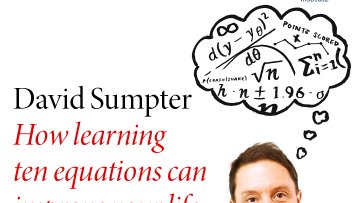Oxford Mathematics Online Public Lecture: Anna Seigal - Ideas for a Complex World
Humans have been processing information in the world for a long time, finding patterns and learning from our surroundings to solve problems. Today, scientists make sense of complex problems by gathering vast amounts of data, and analysing them with quantitative methods. These methods are important tools to understand the issues facing us: the spread of disease, climate change, or even political movements. But this quantitative toolbox can seem far removed from our individual approaches for processing information in our day-to-day lives. This disconnect and inaccessibility leads to the scientific tools becoming entangled in politics and questions of trust.
In this talk, Anna will describe how some of the ideas at the heart of science’s quantitative tools are familiar to us all. We’ll see how mathematics enables us to turn the ideas into tools. As a society, if we can better connect with the ideas driving this toolbox, we can see when to use (and not to use) the available tools, what’s missing from the toolbox, and how we might come up with new ideas to drive our future understanding of the world around us.
Anna Seigal is a Hooke Research Fellow in the Mathematical Institute at the University of Oxford and a Junior Research Fellow at The Queen's College.
Watch live (no need to register):
Oxford Mathematics Twitter
Oxford Mathematics Facebook
Oxford Mathematics Livestream
Oxford Mathematics YouTube
The Oxford Mathematics Public Lectures are generously supported by XTX Markets.


